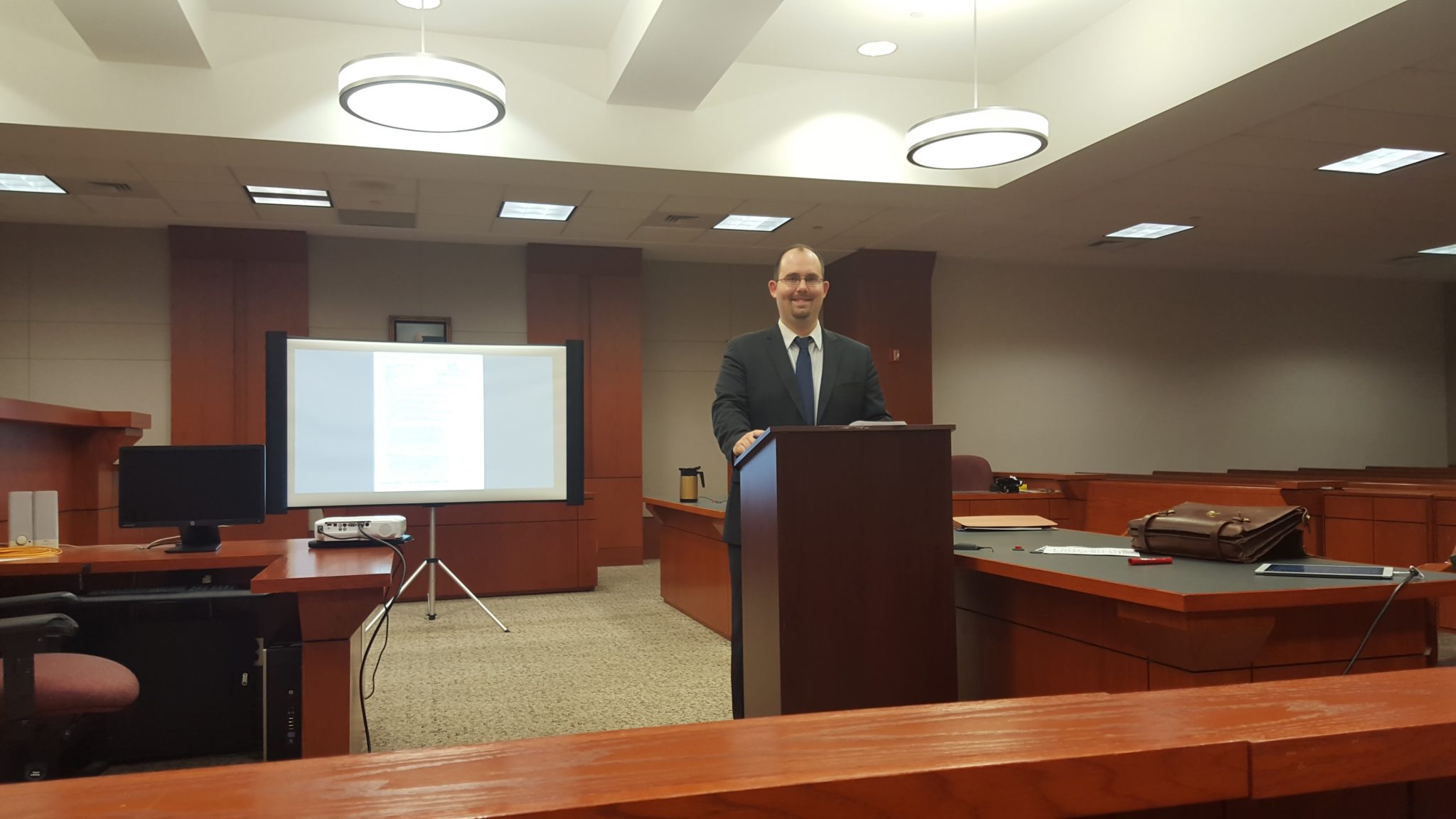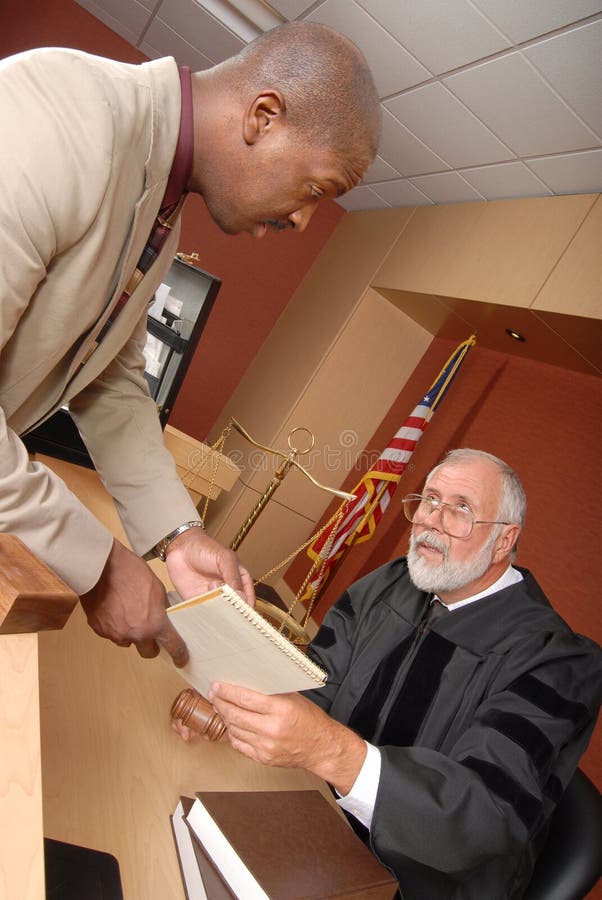Navigating the Intricacies of Trial Presentations: Tips for Seamless Distribution and Compelling Arguments
In the world of legal process, the art of trial discussion stands as an important determinant of success. As lawyers navigate the complex web of courtroom dynamics, the ability to seamlessly deliver disagreements and evidence while mesmerizing the jury's focus becomes paramount. The intricacies intrinsic in test presentations require a fragile equilibrium of method, skill, and skill. By developing strategies that ensure a refined distribution and crafting compelling disagreements that reverberate with the target market, legal experts can dramatically enhance their advocacy. In a world where persuasion rules supreme, understanding the complexities of trial discussions is not just an option but a requirement for those looking for to dominate in the court room.

Recognizing Test Objectives
To efficiently browse a test, it is crucial to have a clear understanding of the goals that need to be accomplished. Prior to entering the courtroom, legal teams should specify their objectives and wanted end results. These purposes offer as guiding principles throughout the trial, shaping techniques and influencing decision-making processes.
Comprehending test goals entails a thorough evaluation of the instance, lawful criteria, and the customer's ideal passions. Trial Presentations. It calls for a thorough exam of the realities, recognizing vital concerns, and preparing for possible obstacles. By establishing measurable and specific goals, lawyers can customize their presentations and arguments to align with the wanted outcomes
Additionally, a clear understanding of trial objectives makes it possible for lawful teams to prioritize proof, witnesses, and lawful disagreements efficiently. It allows for the growth of a systematic narrative that resonates with the court and jury, strengthening the total instance presentation.

Organizing Evidence Efficiently
Having a clear understanding of test goals lays the foundation for organizing proof effectively in legal process - Trial Presentations. By aligning the presentation of proof with the preferred end results of the test, legal groups can reinforce their disagreements and enhance their persuasiveness. One essential aspect of arranging evidence is classification. Organizing evidence based upon styles or relevance to specific lawful elements can aid enhance the presentation and make intricate info much more absorbable for the judge or court.
An additional crucial element in organizing proof efficiently is developing a rational circulation. Presenting proof in a consecutive and meaningful fashion can help develop an engaging narrative that sustains the legal disagreements being made. In addition, using aesthetic help such as timelines, charts, or charts can better enhance the organization of proof and aid in clarifying complicated partnerships or sequences of events.
Moreover, ensuring that all evidence provided is permissible and relevant to the instance is important. Pointless or inadmissible evidence the original source can detract from the stamina of the debate and possibly damage the reliability of the providing celebration. A meticulous review and selection process should be undertaken to include only the most legally audio and impactful proof in the test discussion.
Crafting Influential Stories
Crafting engaging narratives plays a crucial function in presenting influential disagreements throughout lawful process. When building a narrative for a test presentation, it is vital to develop a clear storyline that highlights key factors and connects them in a meaningful manner. By weaving with each other evidence, statement, and legal disagreements right into a cohesive and influential narrative, lawful professionals can successfully advocate for their clients and raise the possibility of a desirable result in the court room.
Mastering Aesthetic Help
Effective use of index aesthetic aids is essential to boosting the impact and clearness of test discussions. Visual aids, when used purposefully, have the power to simplify complicated details, enhance bottom lines, and leave a long-term impression on the discretionary. To grasp aesthetic help in test presentations, it is vital to ensure that they are clear, concise, and appropriate to the disagreements being made.
When including aesthetic help, such as graphes, pictures, charts, or timelines, right into a trial presentation, it is important to keep them visually appealing yet expert. The visuals must match the spoken disagreements, supplying an aesthetic depiction of the info being gone over without frustrating the target market with unnecessary details.
Furthermore, exercising with the visual aids beforehand is crucial to make sure a smooth shipment during the trial. Familiarizing oneself with the web content, changes, and timings of each aesthetic aid can assist maintain the flow of the discussion and stop technological glitches that may emerge.
Supplying Impactful Closing Debates
A compelling closing debate serves as the end result of a trial discussion, encapsulating the core story and persuading the court and jury in the direction of a favorable choice. Begin by outlining the major arguments that sustain your customer's setting, stressing why the evidence offered throughout the trial sustains your story.
Furthermore, including sob story can further enhance your closing debate. By humanizing the situation and attaching on an individual degree with the decision-makers, you can evoke compassion and understanding, affecting their perception of the realities offered. Additionally, repeating the lawful requirements that need to be met for a beneficial judgment can enhance the validity of your position. Eventually, a well-crafted closing debate should leave a long lasting perception, engaging the discretionary to rule in your client's favor.
Final Thought
To conclude, grasping trial presentations includes comprehending goals, arranging evidence, crafting stories, using visual aids, and delivering impactful closing arguments. By executing these methods properly, attorneys can present their instance seamlessly and make compelling arguments in the courtroom. It is crucial to navigate the intricacies of test discussions with accuracy and ability to accomplish success in legal proceedings.
By straightening the discussion of evidence with the desired outcomes of the test, lawful teams can strengthen their debates and improve their persuasiveness (Trial Presentations). To grasp visual help in trial presentations, it is crucial to make certain that they are clear, succinct, and appropriate to the arguments being made
An engaging closing disagreement serves as the end result of a trial presentation, enveloping the core narrative this hyperlink and persuading the court and jury in the direction of a positive decision. Begin by laying out the primary arguments that sustain your client's placement, highlighting why the evidence offered throughout the trial sustains your narrative.In verdict, grasping trial discussions involves recognizing objectives, arranging evidence, crafting stories, utilizing aesthetic aids, and providing impactful closing arguments.